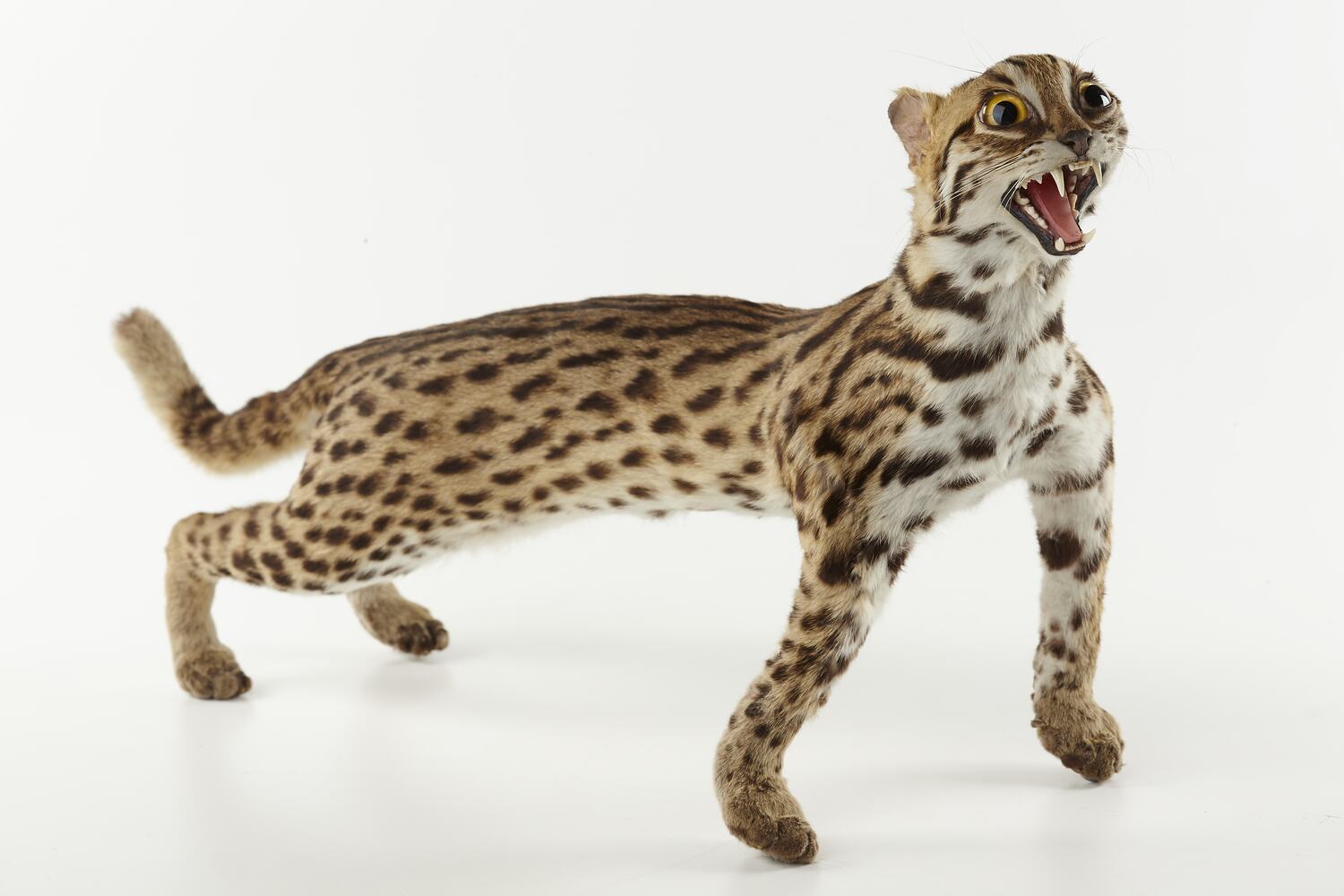

On April 9, 1860, Scott recorded a snippet of the French folk song “Au Clair de la Lune.” The predictable vibration rate of a turning fork meant that Giovannoni, Feaster and others with the First Sounds collaboration could properly calibrate the time, making the recordings recognizable again. In 18 he recorded a tuning fork at the same time as the other vocalizations and sounds. That same year he applied for a patent.Īs he improved the recording apparatus, he switched from recording on a straight sheet of paper or glass to one wrapped around a cylinder, allowing longer recordings, but he was still moving the apparatus by hand, resulting in irregular timing. “Will the improvisation of the writer, when it emerges in the middle of the night, be able to be recovered the next day with its freedom, this complete independence from the pen, an instrument so slow to represent a thought always cooled in its struggle with written expression?” he asked. It could record singers or actors, or be an “automatic stenographer” to transcribe conversations. In January of 1857 Scott deposited a manuscript detailing his work and some of his early recordings with the French Académie des Sciences and described what he hoped the phonautograph would one day achieve. His early efforts are documented, but the recordings are extremely short and, Feaster says, “these were so crudely done that it’s not really clear these really count as sound recordings.” (Giovannoni once described them as a “squawk.”) It turned out to be much harder than Scott anticipated for people to read words from images of sound waves even today, though aspects of sound such as pitch or amplitude are somewhat visually interpretable in audio-editing software, that’s not really something people can do. A trained reader could interpret those lines - essentially the image of the sound wave - to know what the sound was. By covering a sheet of paper or a glass plate in a fine layer of soot and moving it under the stylus, Scott could capture the fine, wavy trail it left. Scott called his invention the phonautograph.Ī vibrating membrane, working as the eardrum, was attached to a thin stylus that would trace the way the membrane moved. By 1853 or 1854 he had an idea: Using the daguerreotype as his model, he thought that if a camera replicates an eye to fix image to paper, some sort of mechanical ear could fix sound to paper.

FIRST RECORDEE NAMED CAT PROFESSIONAL
He wasn’t a professional scientist or inventor, but had aspirations to break into that world. So what did Édouard-Léon Scott de Martinville record? That answer comes down to which Scott’s recordings was successful enough to count.


 0 kommentar(er)
0 kommentar(er)
